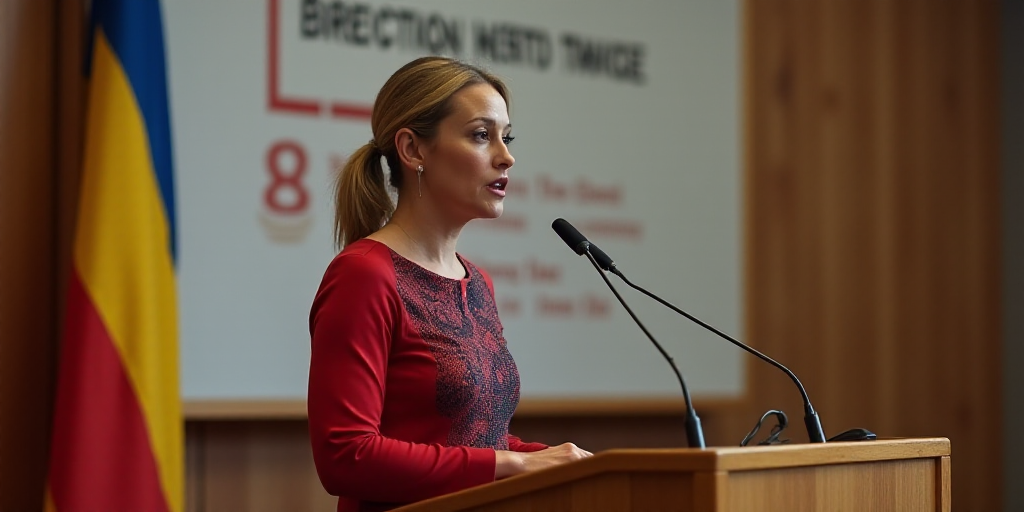President’s Commitment to Minimum Wage Increase
During a recent address to Mexico’s bankers, President Claudia Sheinbaum reaffirmed her administration’s commitment to increasing the minimum wage annually by 12% over six years. This would result in a significant raise, approximately 125%, since 2018. Currently, the daily minimum wage covers about 1.8 basic food baskets.
Economic Context and Challenges
However, this proposed increase comes amidst a challenging economic climate. The Mexican economy grew by only 0.2% in the first quarter of 2023, and industrial activity shows signs of weakening. Job creation is also struggling, with the formal labor market experiencing its weakest performance in 16 years in April.
Moreover, ongoing trade tensions with the United States due to tariffs imposed by former President Donald Trump add another layer of uncertainty that could affect employment and inflation.
Implications of the Proposed Increase
If implemented, the minimum wage would rise by around 33.50 pesos daily in 2026, reaching approximately 312.30 pesos per day. This would mark the first time the daily minimum exceeds 300 pesos.
On a monthly basis, the minimum wage would increase from 8,475 to 9,494 pesos. While this is close to the average monthly income of formally employed individuals in Mexico (10,350 pesos), it still falls short. The average income has only grown by 5.3% annually, significantly slower than the proposed minimum wage increase.
Sustainability Concerns
The proposed 12% annual increase poses a substantial burden, especially for micro and small businesses that constitute over 95% of Mexico’s economic units. Such a significant rise could lead to job losses, increased prices, or distortions in the salary structure.
Additionally, with the minimum wage nearing the average formal income and entry-level salaries in many companies, there’s a risk of compressing the wage structure and discouraging labor mobility.
Without a complementary strategy to boost productivity, these increases might become unsustainable over time or simply get passed on to consumers, negating the intended benefits and maintaining the same purchasing power.
Key Questions and Answers
- Question: The President has committed to an annual 12% increase in the minimum wage, aiming for it to cover 2.5 basic food baskets by 2030.
- Question: The proposed increase comes amidst a challenging economic climate, with slow growth, weakening industrial activity, and job market struggles. It could put pressure on micro and small businesses and potentially lead to increased prices or wage structure distortions.
- Question: The sustainability of such a significant increase is questionable, given the current economic context. Without a strategy to boost productivity, these increases might become unsustainable or simply get passed on to consumers, negating the intended benefits.






